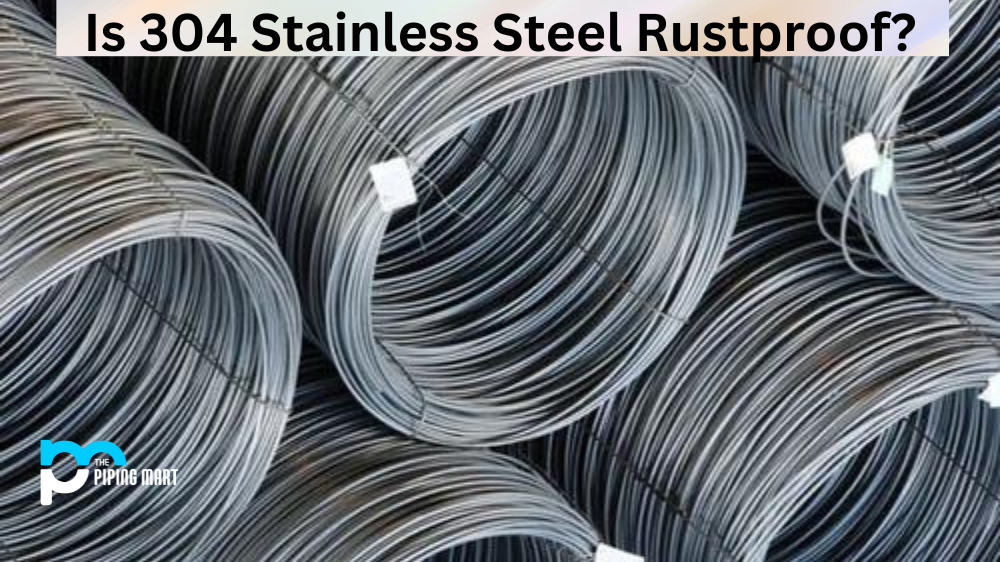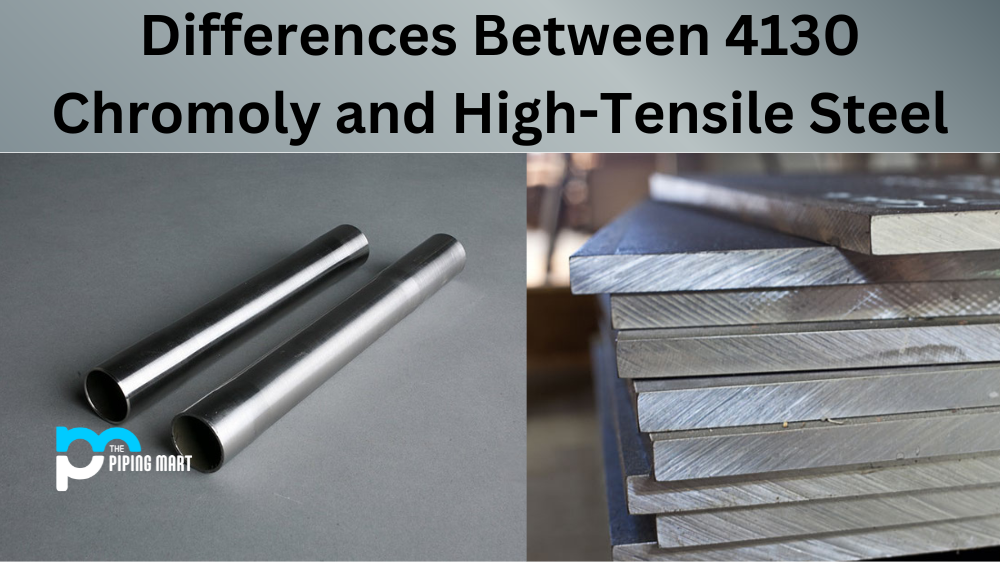Many factors must be considered when selecting suitable materials for your industrial and piping applications. Two popular low-carbon steel materials often used in construction and piping systems are ASTM A181 and A105. Understanding the differences between these materials can help you make an informed decision about the right choice for your project. This article compares ASTM A181 vs A105 to help you decide which is best suited for your application.
Difference Between ASTM A181 and A105
Composition
ASTM A181 and A105 have similar compositions and share some common features, such as low carbon content, high strength, and good tensile and yield strength. But there are some differences in their composition. ASTM A181 contains silicon, nickel, and chromium, while A105 has only silicon and manganese.
Application
ASTM A181 is commonly used for flanges, fittings, valves, and other pressure vessels that require high-temperature longevity and corrosion resistance. On the other hand, A105 is used widely in applications that require good mechanical properties, such as low-pressure hydraulic systems, general-purpose flanges, and low-temperature service requirements.
Manufacturing
The manufacturing process for ASTM A181 and A105 is similar. Both materials are forged and machined, but the methods are different. ASTM A181 is manufactured through hot forging, while A105 is manufactured through hot or cold forging. The materials are heat-treated to meet the specified conditions for the desired toughness and mechanical properties.
Standards
Both materials are widely used and approved by international standards organizations. ASTM A181 is available in two grades: Grade I and Grade II, while A105 does not have such qualities. ASTM A105 produces forged carbon steel piping components and seamless piping fittings that conform to ASTMA105 and ASME SA105 standards.
Cost
The cost of ASTM A181 and A105 material may vary depending on the product’s form, size, and quantity. However, ASTM A181 is relatively more expensive compared to ASTM A105. This is mainly because of the silicon, nickel, and chromium content in ASTM A181, contributing to the increased cost.
Temperature Range
One of the primary differences between ASTM A181 and ASTM A105 is the temperature range each is designed for. ASTM A181 has a lower temperature range of -29 degrees Celsius to 427 degrees Celsius, while ASTM A105 has a temperature range of -20 degrees Celsius to 593 degrees Celsius. This means that ASTM A181 is unsuitable for high-temperature applications, while ASTM A105 is.
Yield Strength
Another difference between these two materials is their yield strength. Yield strength measures a material’s ability to withstand stress without deforming. ASTM A181 has a yield strength of 205 MPa, while ASTM A105 has a yield strength of 240 MPa. This means that ASTM A105 is stronger than ASTM A181 and can better withstand stress without deforming.
Tensile Strength
Tensile strength is another measure of a material’s ability to withstand stress. It is the maximum amount of stress that a material can withstand before breaking. The tensile strength of ASTM A181 is 415 MPa, while the tensile strength of ASTM A105 is 550 MPa. This means that, once again, ASTM A105 is stronger than ASTM A181 and can better withstand stress before breaking.
Elongation at Break
Elongation at break measures a material’s ability to stretch before breaking. The extension at the crack of ASTM A181 is 22%, while the extension at the trial of ASTM A105 is 25%. This means that, once again, ASTM A105 is better than ASTM A181 in this respect and can stretch more before breaking.
Modulus of Elasticity
The modulus of elasticity measures a material’s ability to deform under load without breaking. The modulus of elasticity of both materials is 200 GPa. This means that they are equally able to bend under load without breaking.
Conclusion
In summary, ASTM A181 and A105 are popular in industrial and piping applications. While they share similar properties, the two materials have some critical differences, especially in composition, application, and cost. To ensure you choose the right material for your application, consult a trusted supplier like us, who can help you select the best product for your needs.

Pipingmart is a B2B portal that specializes in metal, industrial and piping items. Additionally, we share the latest information and information about materials, products and various types of grades to assist businesses that are involved in this business.




